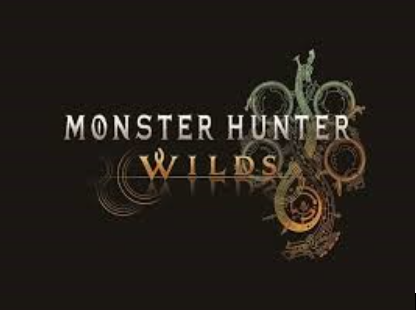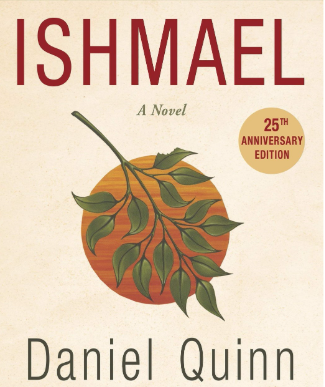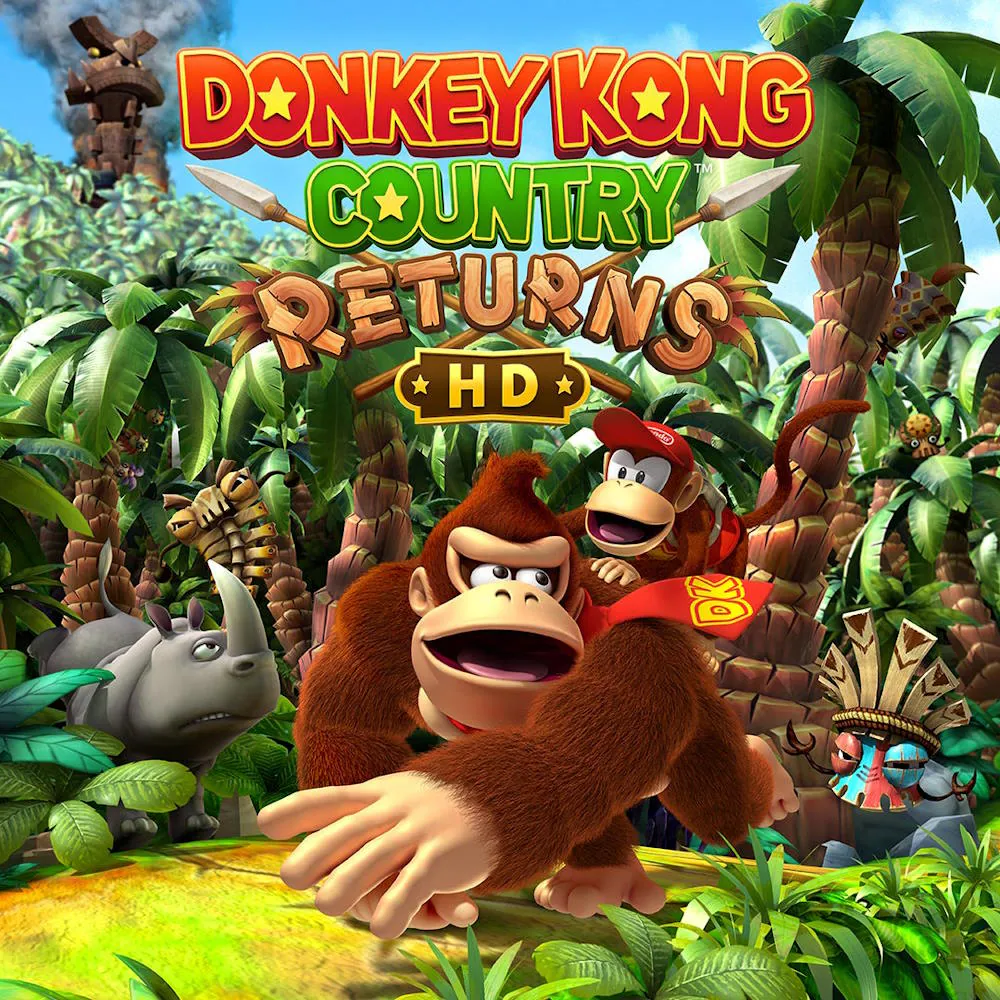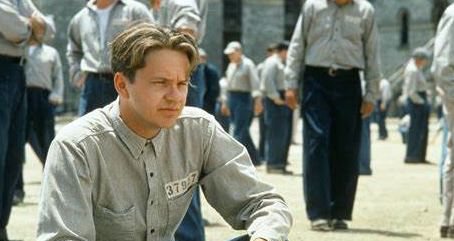Throughout the Monster Hunter Wilds, you fight a multitude of different monsters. Monster Hunter Wilds is owned by Capcom and bacame their bestselling game on release within the first 3 days of its being available.
The game starts with you finding a kid being chased by a group of monsters called Balahara. Your character saves the boy and later finds another boy named Nata, who becomes one of the center focuses of the game. Throughout the game, you fight monster after monster in new and expansive areas that all have unique items and monsters found within them. Your end goal is to help find Nata’s people who were attacked by a mysterious monster the hunters (people that hunt monsters) call “The White Wraith” which you later find out is named Arkveld. You eventually kill it, as it was disrupting the ecosystems of all the areas, and tried killing the apex monster of each region. The game runs about 15-20 hours of just main quests, which is more gameplay than what most games provide nowadays. I had an insane amount of fun listening to every conversation and the game had me hooked on the story from the very beginning!
Monster Hunter Wilds has numerous amounts of side quests, items, and helpful gadgets you can get from completing certain events in the game. Doing side quests can give you experience to your hunter rank (essentially your level in the game) and other things like more healing potions or even a gadget for your helpful cat companion! After completing certain quests, you unlock an item in your item bar called a mantle. There are different mantles each with a different ability so that you can customize your gameplay to the fullest! They also have bi-weekly changing quests that are called event quests, and these give cool and new rewards when completing them like materials for new armor.
Killing a monster will unlock its armor and to obtain it you must craft it with materials from that monster. Each piece comes with different skills and abilities that have you customizing every aspect of your setup to allow for better support and or attack capabilities. This is further enhanced by a system in the game called decorations. Each armor piece has either a level 1, 2, 3, or no slot which indicates what level of decoration can fit into that spot. Level 1 can go into a level 3 decoration slot, but a level 3 decoration can only fit into a level 3 slot. There are both Alpha sets and Beta sets for each armor in the game which have an important difference. Alpha sets have more skills that can be obtained by wearing said armor, while the Beta sets have fewer but in turn, get more and higher-level decoration slots. This makes players think strategically as to what skills will get them the best damage while also providing the most defense.
The areas in Monster Hunter Wilds have been masterfully crafted, all having specific monsters that can appear in only those areas, as well as both visual and conditional effects on the area you hunt in.
The first area you are introduced to is the windward plains which is essentially a desert with a few cliffs and many flat, sandy plains. Monsters like Balahara can create sand pits that suck in both hunters and other monsters. The Apex monster of the area, Ray Dau, causes nasty sand and lightning storms when he appears in the region. The lightning can damage the player. This adds an air of caution to the player while hunting monsters.
The second area the player is introduced to is the scarlet forest which has a slew of traps players can use for the monster, as well as things such as poisonous plants. The Apex monster causes a torrential downpour and makes running down large hills slippery and surfaces harder to climb. Flooding also occurs which causes certain areas to change appearance compared to when it is sunny.
The Oilwell Basin is the next area and is full of oil, mud, and fire. The top area is oil and mud, and the sky is foggy due to the smog in the air from the natives. The middle level of the region is very rocky and has lava coming from the walls. The bottom floor is layered with lava and is where the Apex monster lives. The Apex monster doesn’t cause any environmental change, but it can light itself on fire using the oil from the ground. While traveling throughout the region, you need to drink an item called a cool drink to keep you from constantly losing health.
The second to last area is the Iceshard Cliffs which is almost a frozen cave. You must drink an item called a hot drink to not lose any of your maximum stamina. The area has lots of shortcuts using floating ice rocks as well as multiple different levels of inclination. The ground is made of snow and ice most of the time which can slow you down. Jin Dahaad is the Apex monster of the area and during its special quest, the environment is in a blizzard-like state.
The Last area in the game is the ruins of Wyveria which is an ancient place that was previously occupied by people from hundreds of years before the start of the game. There are many monsters from all the different areas in this region as well as variants of monsters. The design is almost like a downward-spiraling cave that has many shortcuts and holes in the rocks for monsters to emerge. There is no Apex monster for this region because the area was originally a man-made synthetic breeding ground so they could artificially make monsters.
Monster Hunter Wilds may seem tricky from reading all of this, but when playing the game some guides and objectives will put you on the right path as well as introductions to every system the game has to offer! The world is very expansive and with 14 weapons there is always a new weapon to try out and different setups to make. After reaching hunter rank 71 I can proudly recommend this to anyone who is even slightly interested. There is never a dull moment and new rewards are constantly coming!
Monster Hunter Wilds: An In Depth Review
Cameron Cable, Writer
March 31, 2025

0








